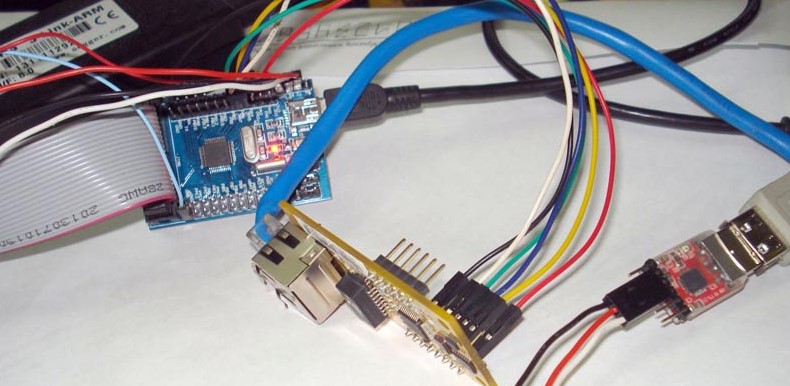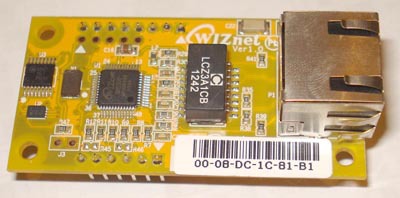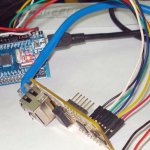
It seems that Etherent and TCP / IP are still the most common way to connect a wide variety of devices. Although WiFi has recently been gradually replacing the wired “copper” Etherent, finding a port and plugging into a LAN is still the easiest way to connect. Such accessibility of Ethernet did not pass by even the smallest pieces of hardware: controllers, sensors, consumption meters, etc. which are now called the fashionable marketing word ” Internet Of Things * ” (Internet Of Things, IoT).

And here Korean WIZnet microcircuits can help us a lot. WIZnet is a fairly active manufacturer of IOcP (Internet Offload co-Processor) class chips. What is it? In human terms, this is a chip that: on the one hand has Etherent, inside contains its own tiny processor for processing TCP / IP, and on the other hand – a simple interface for communicating with our small piece of hardware.
In the first part there will be a small theoretical overview of connecting “small glands” and a bunch of links to different chips.
But the question immediately arises: WHY introduce another processor into the system, if everything can be processed on the main? Let’s try to answer.


COMMENTS